The looming pilot shortage could be the final nail in the coffin of the Embraer E175-E2. But is this a fair description of what’s happening?
We recently saw that airlines around the globe are facing renewed challenges, as aviation recovers from the pandemic. But while 2020 may have created a swing (shortage to surplus, then back to shortage), these challenges predate the pandemic. In the United States, there are more complications to this issue because of US-specific Scope Clause conditions.
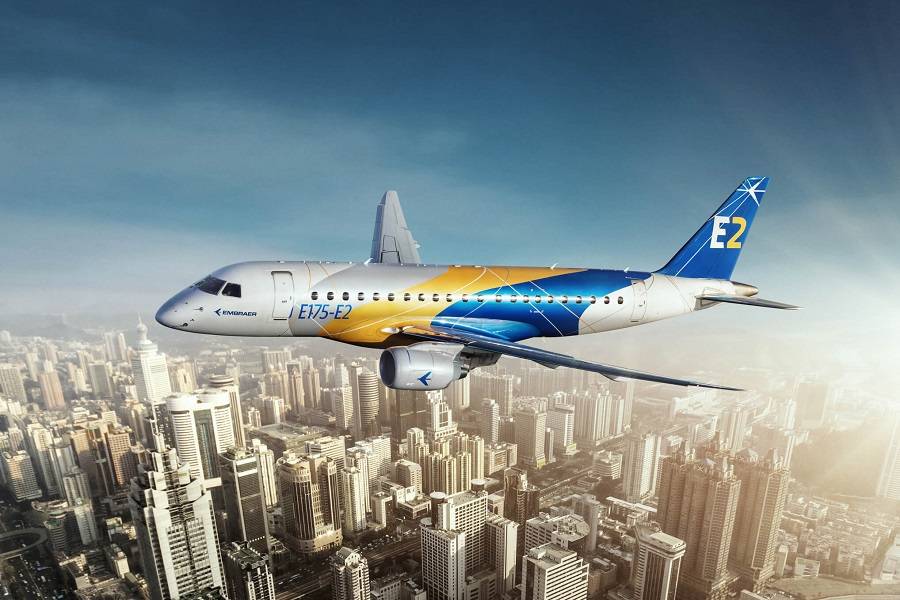
And it is these conditions, plus the pilot shortage, that seems to have an effect on the already-problematic E175-E2. Embraer designed this aircraft to replace the first-generation E175. But despite initial interest, the aircraft now has no firm orders. In large part, this is because the market that Embraer designed it for, isn’t quite there.
New Contracts During a Pilot Shortage – No Room for E175-E2?
United Airlines and the Air Line Pilots Association (ALPA) negotiated new contracts this week. Over the next 18 months, United’s pilots will get pay rises amounting to over 14%. This is in addition to other improvements in terms and conditions, including paid maternity leave. The news confirms an increase in pilots’ negotiating position, thanks to the pilot shortage.
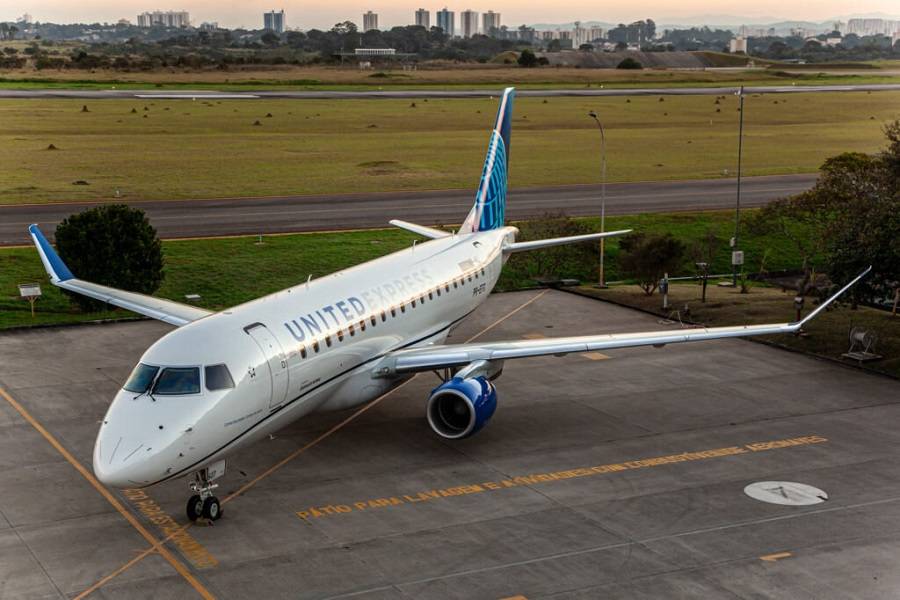
And it is the same shortage that is affecting the Embraer E175-E2. According to Leeham News, ALPA’s negotiation with both United and American Airlines did not include changes to the Scope Clause. In effect, this means that Embraer’s smallest variant of its E2 family isn’t viable in the United States.
The Scope Clause is an agreement between the pilot unions and the airlines. In simple terms, it determines the size of aircraft that airlines can outsource to smaller (i.e. regional) operators. To solve a small shortage in the E175’s interior space, Embraer made the E175-E2 a bit longer. The aircraft also has a slightly longer wingspan. And of course, it has more efficient but heavier Pratt & Whitney Geared Turbofan (GTF) engines.
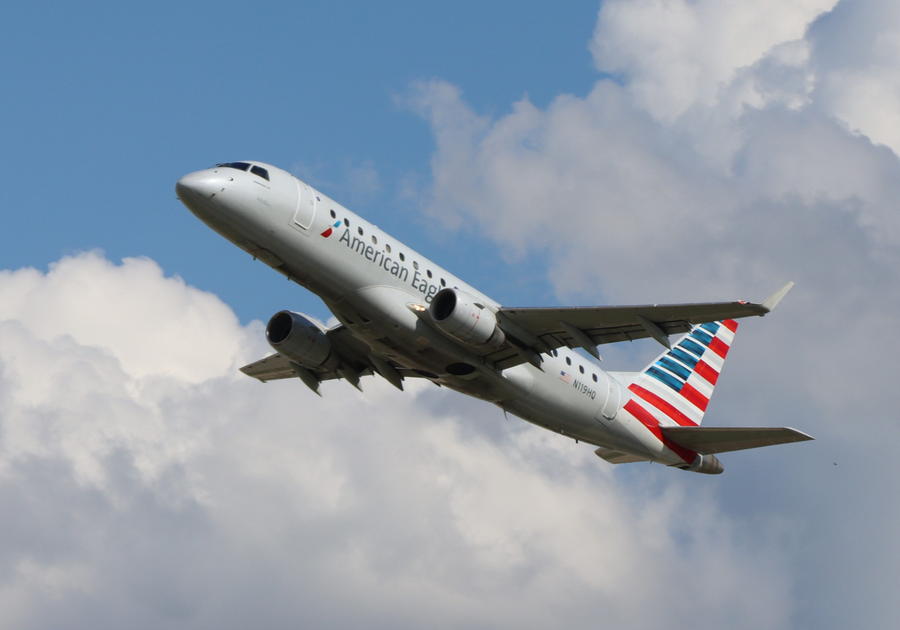
The newer aircraft meets capacity limits (76 passengers). But the higher weight of the E175-E2 means that when it is full of passengers, it has a range shortage. The aircraft hits the Scope Clause-mandated Maximum TakeOff Weight (MTOW) of 86,000 lbs (39 tons) with insufficient fuel. So why did Embraer design it this way?
Awkward Questions
Embraer was keenly aware of the Scope Clause terms and the resultant needs of the US regional market. But it assumed that the MTOW limit, in particular, would change – or go away. And by slightly enlarging the aircraft, Embraer made it more efficient and gave more cabin options to the airlines.
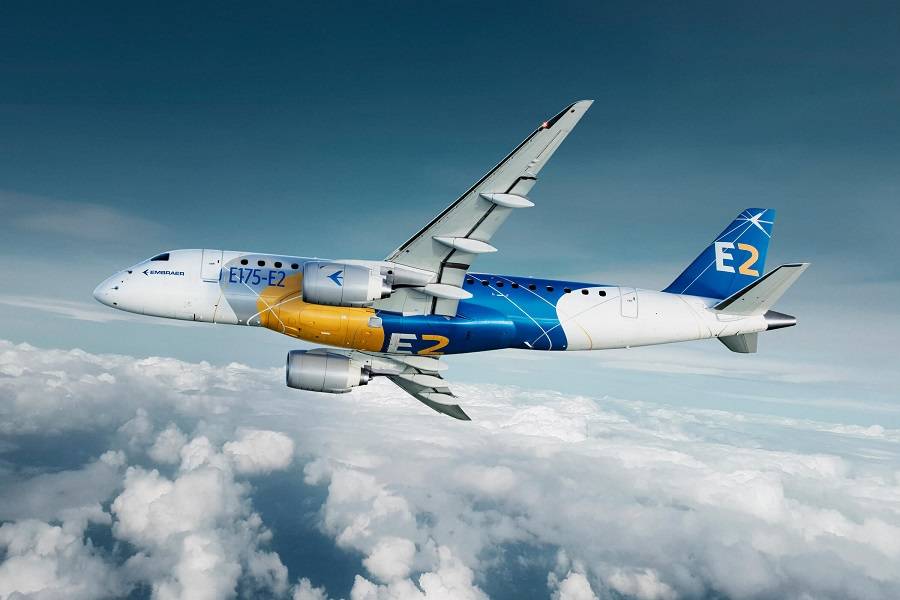
We don’t know what feedback Embraer had from US carriers, to support this assumption. Either way, the pilot shortage means that unions had little interest in making concessions that would give the E175-E2 a chance. As a result, Embraer has had to keep the older E175 (now called E175-E1) in production. The manufacturer has now postponed the launch of the newer plane from 2021 to 2027.
However, this raises an interesting question. Does the pilot shortage and the Scope Clause force US airlines to fly less efficient aircraft than the newer E175-E2? On its own, this question doesn’t take into account a key detail. The United States is essentially the only place where there is any demand for the E175 – of either generation.
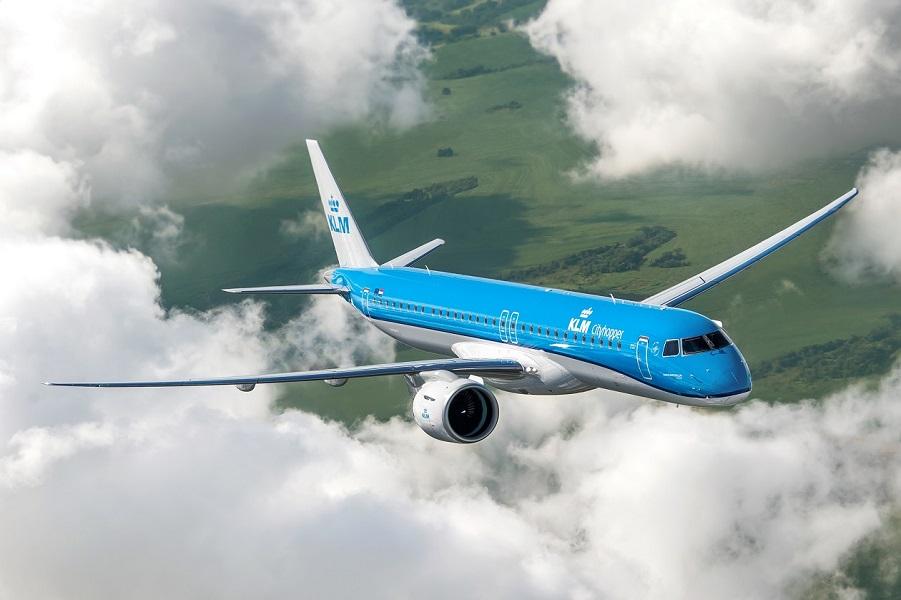
It is difficult to compare regional-carrier operations across the globe because “regional” doesn’t mean the same thing everywhere. But without similar Scope Clause rules, other regional carriers prefer to operate the larger variants of the Embraer E2 family or even bigger jets. For shorter routes, airlines elsewhere operate turboprops.
Pilot Shortage – Moving From the E175-E2 To Bigger Things?
With that in mind, we could rephrase the question, further up. Pilot shortage and Scope Clause or not, the E175-E2 is more efficient than the E175-E1. But if countries with no Scope Clause restrictions choose NEITHER, doesn’t this mean that there are even more efficient choices out there? The newer model is more efficient, but is it efficient enough?
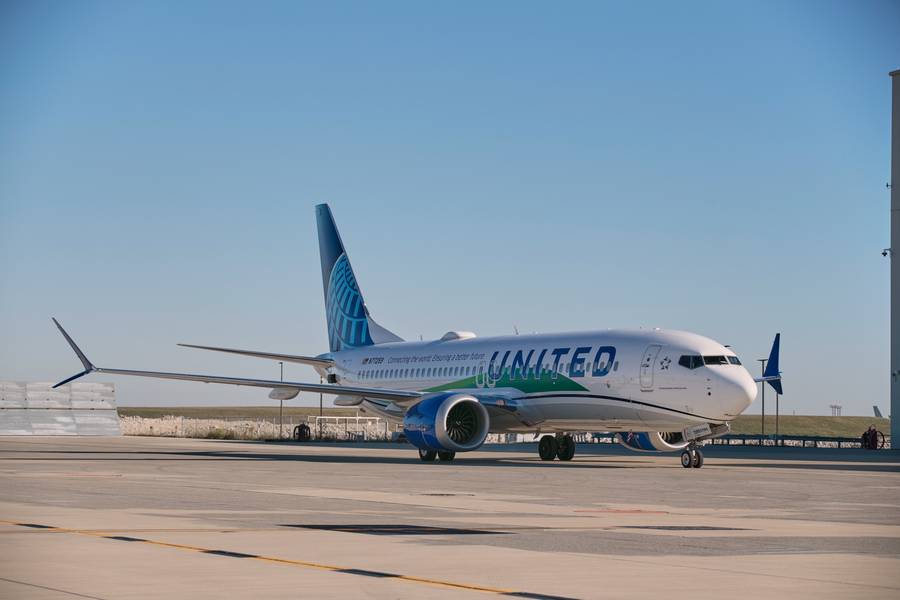
ALPA doesn’t think so. Referring to United’s negotiations, a union representative said that the 737 MAX (that the union’s members fly) has better per-seat economics than either Embraer variant. Of course, the E2 jets can operate from smaller airports than the 737 or the A320. That’s why the larger E195-E2 (or the Airbus A220) are popular elsewhere, with airlines that also have 737s or A320s.
Of course, if United or American had larger Embraer models, these too would be flown by ALPA’s union pilots. So given the pilot shortage, could such aircraft and not the E175-E2 enter service with America’s “big three”? This will depend on how serious the shortages in flight crews become. With some regional pilots getting substantial salary increases, an overhaul of the mainline/regional carrier divide could make sense. Eventually.
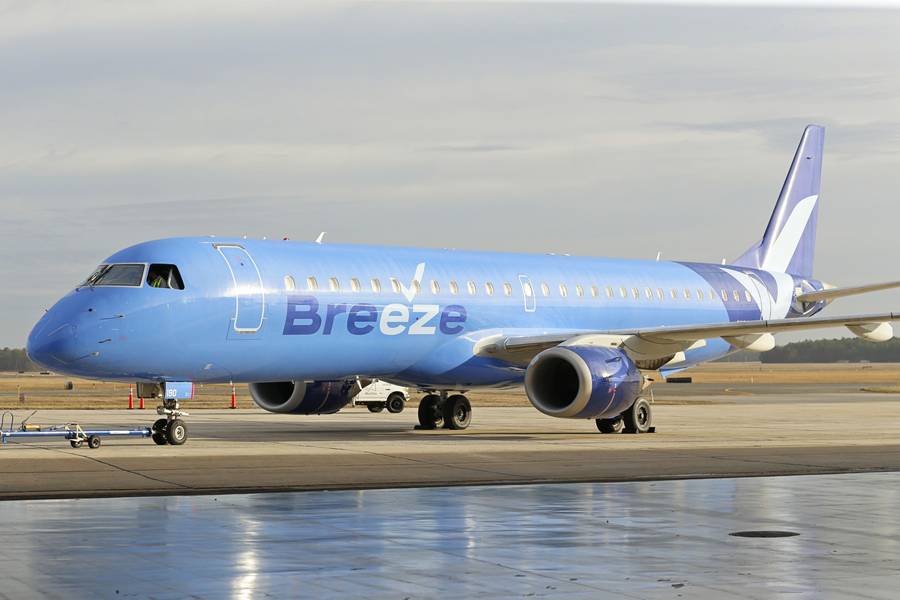
But in the short and medium-term, a large-scale fleet change in the US doesn’t seem likely. However, it is worth noting that Breeze Airways is essentially operating as a European regional airline. With its fleet of E190/195s and newer A220s, the airline connects smaller airports, that are far apart. Could we see more of this in the future?



